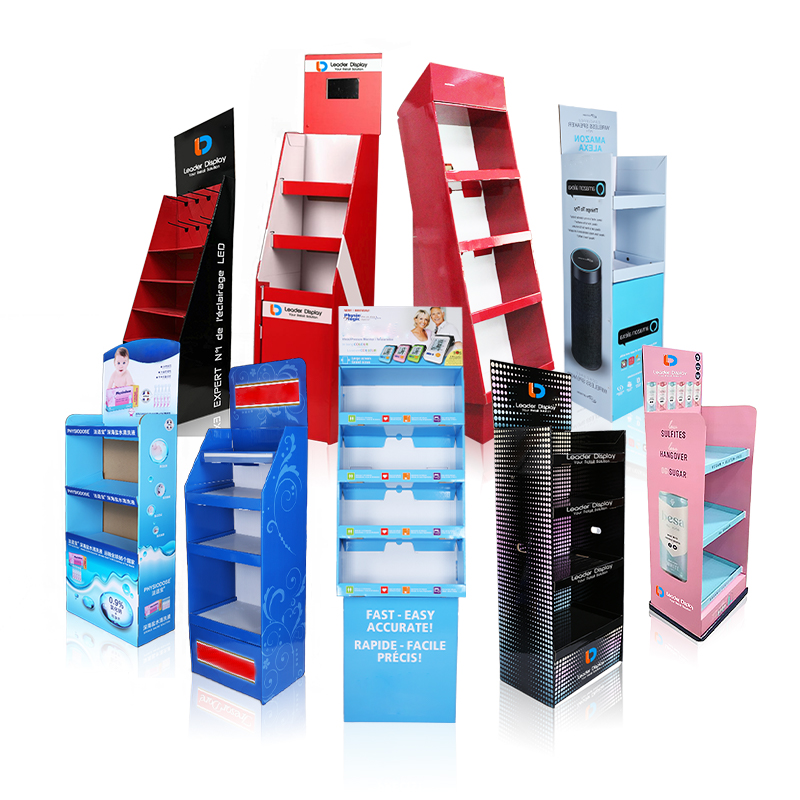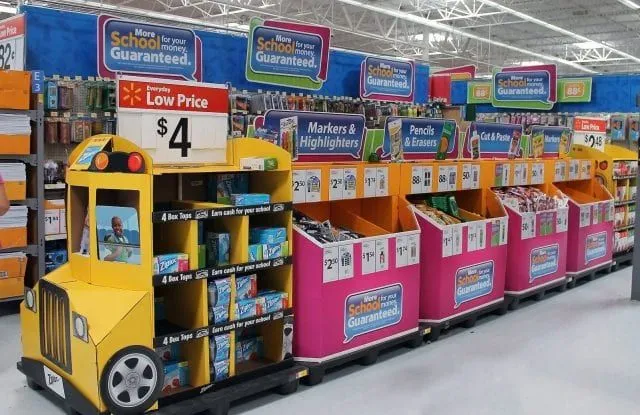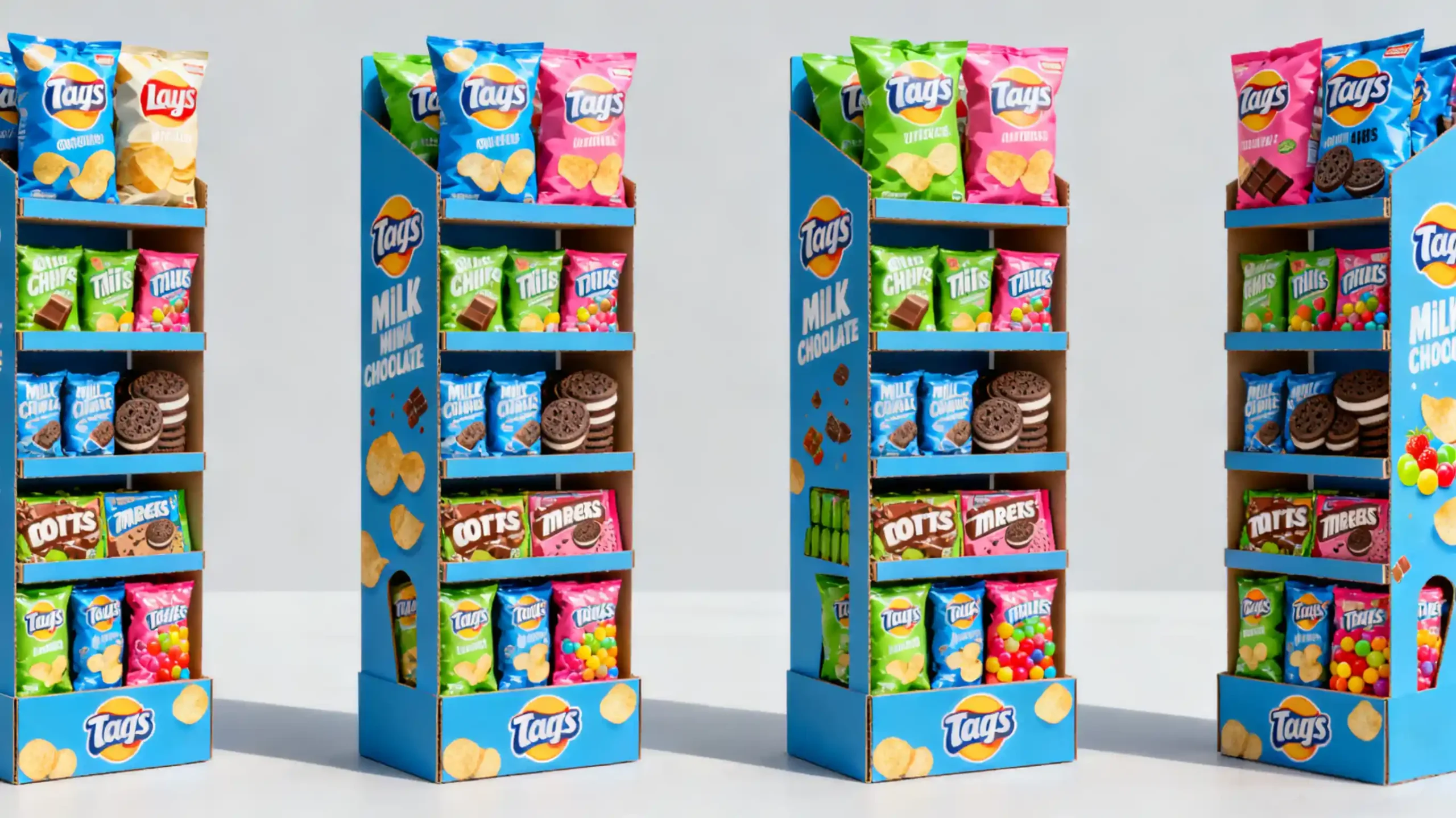Are your products getting lost on crowded store shelves? You have a great product, but it is not seen by customers. This missed opportunity directly impacts your sales and growth.
PDQ stands for "Product Display Quickly." They are ready-to-sell retail displays, usually made from cardboard, that ship with your products already inside. They are designed for fast setup in stores, helping to grab customer attention and increase sales almost instantly.
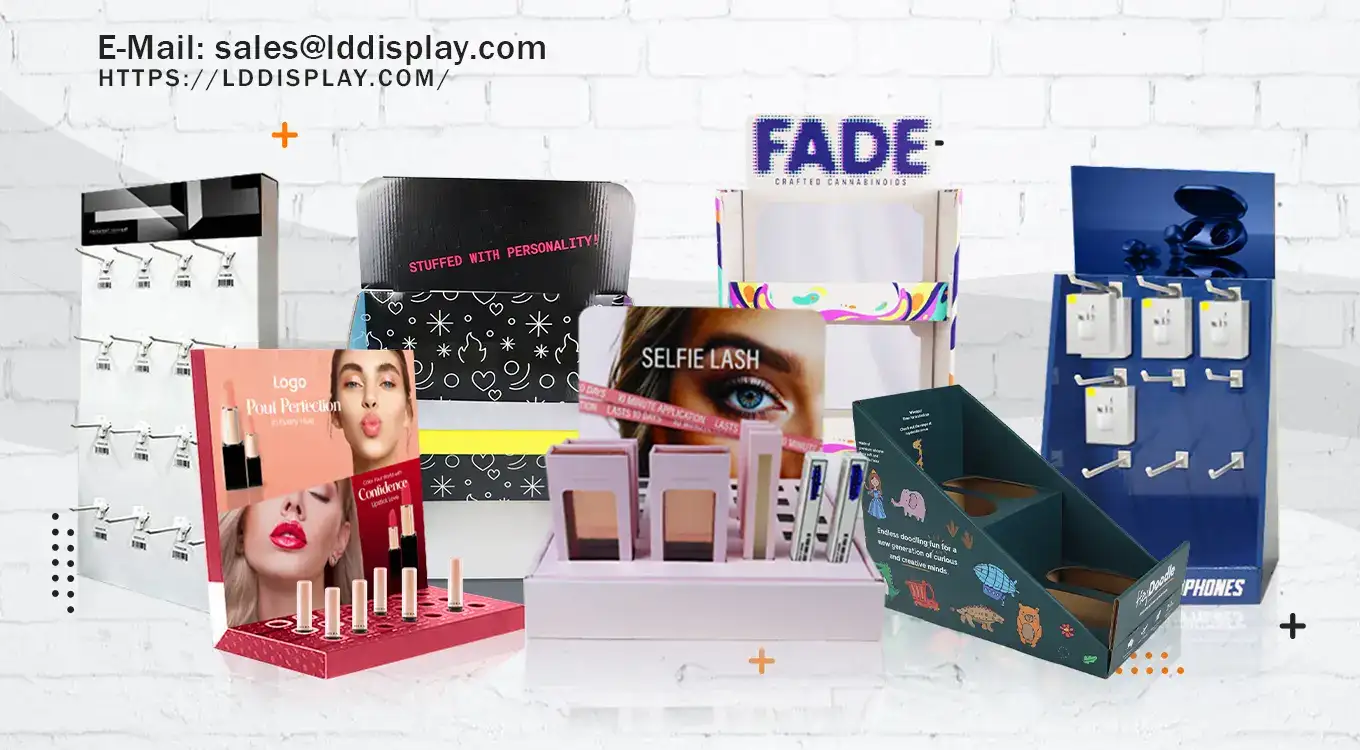
I’ve been in the cardboard display industry for over 16 years. I have seen countless brands struggle to get noticed. They have amazing products, but they sit unnoticed on standard retail shelving. This is a problem I am passionate about solving. The solution is often simpler and faster than people think. It involves getting your product off the main shelf and into a custom-branded home that tells its own story. This is where PDQ displays come in. They are one of the most effective tools in retail marketing. Let's explore what they are and how they can work for you.
What Are the Main Types of PDQ Displays?
Feeling overwhelmed by display options? You know you need something effective, but the different names and styles are confusing. Choosing the wrong one wastes time and money.
The most common types are Counter Displays for checkout areas, Floor Displays for high-traffic aisles, and Sidekick Displays that attach to existing shelving. Each serves a specific purpose, from encouraging impulse buys to showcasing a larger product line.
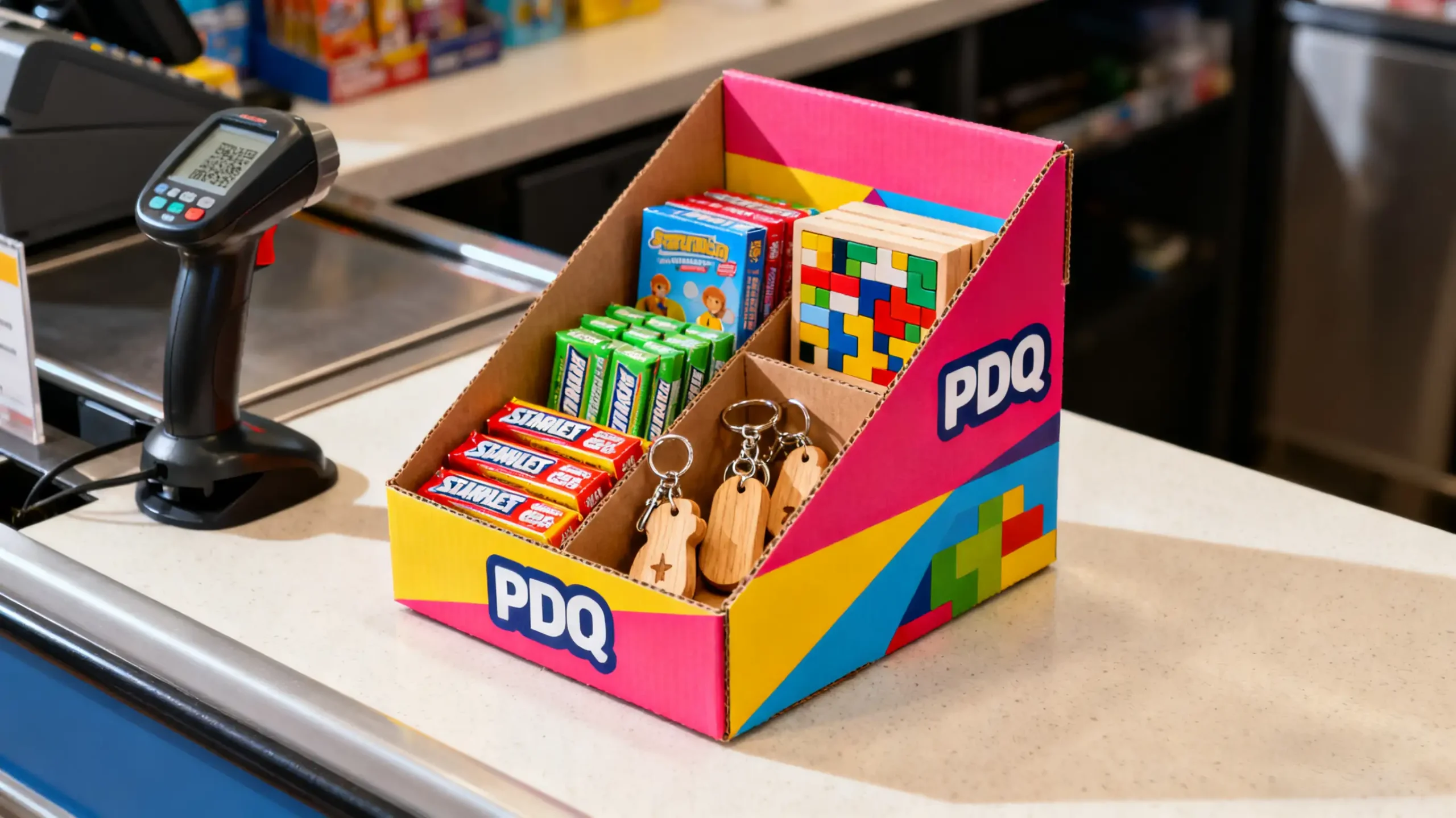
Understanding the different types of PDQs is the first step to choosing the right one for your product and strategy. In my experience, aligning the display type with the retail environment is critical for success. You wouldn't use a giant floor display in a cramped checkout lane. I've worked with clients like Peter, a product designer, to navigate these choices. We always start by asking, "Where will the customer see this?" The answer guides our design. Here’s a breakdown of the main players in the PDQ world.
Breaking Down the Display Types
Each display has its own strengths. The key is to match the display to your product and your goals.
- Counter Displays: These are small, compact units placed on checkout counters or flat surfaces. They are perfect for smaller items like candy, cosmetics, or gift cards. Their main job is to trigger last-minute impulse purchases.
- Floor Displays: These are larger, standalone units that sit directly on the retail floor. They command attention in main aisles or open spaces. I often recommend freestanding display units (FSDUs) for launching new products or running seasonal promotions because they create a "store-within-a-store" feel.
- Sidekick Displays: Also known as Power Wings, these displays hang on the side of endcaps or existing shelving units. They are brilliant for cross-merchandising. For example, you could hang a sidekick of snack clips next to the chip aisle.
| Display Type | Best Location | Primary Goal | Common Products |
|---|---|---|---|
| Counter Display | Checkout counters, service desks | Impulse Buys | Lip balm, batteries, candy |
| Floor Display | Main aisles, store entrance | High Visibility, Promotions | Toys, drinks, seasonal items |
| Sidekick/Power Wing | Side of endcaps, existing shelves | Cross-Merchandising | Sauces, accessories, small items |
Why Should Your Business Invest in PDQ Displays?
Are you spending a lot on marketing with little to show for it in stores? Traditional advertising does not always translate to sales. Your investment might not be working at the most critical point: the moment of purchase.
PDQ displays offer a high return on investment by boosting product visibility directly at the point of sale. They are cost-effective, quick to deploy, and enhance your brand presence, turning retail space into a powerful sales tool.
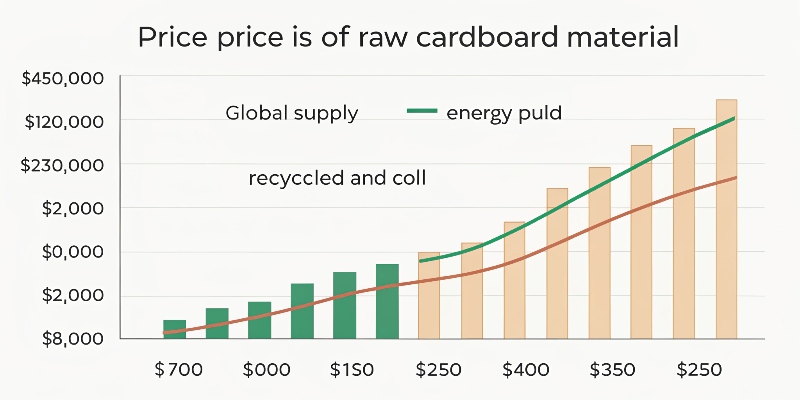
I remember a client who had a fantastic new organic snack. The packaging was great, but on the shelf, it was just one of many. We developed a simple but vibrant cardboard floor display for them. The first retailer that used it reported a 40% sales increase for that product in the first month. The display did what shelf space couldn't: it stopped shoppers in their tracks and told the product's story. This isn't a rare case. The benefits are consistent when the display is done right. Let's look deeper into why they are such a smart investment for your business.
The Core Business Advantages
Investing in a PDQ is about more than just a box. It's about investing in sales velocity, brand equity, and efficiency.
- Speed to Market: The "Quickly" in PDQ is no joke. These displays arrive at the retailer pre-filled with your product. Store staff just need to remove the outer shipping layer and place it. This process can take less than a minute. This speed means your promotion can go live across hundreds of stores almost simultaneously, maximizing its impact.
- Cost-Effectiveness: When I work with designers like Peter, we focus on creating structures that are strong but use material efficiently. Compared to permanent displays made of metal or plastic, custom cardboard displays are significantly cheaper to produce. This lower cost allows you to deploy more displays for the same budget, increasing your market penetration.
- Enhanced Brand Visibility: A well-designed PDQ is a 3D billboard for your brand. You control the colors, the messaging, and the imagery. This creates a strong, consistent brand block that stands out from the visual noise of a typical retail aisle. It separates your product from the competition and builds brand recognition right where it matters most.
How Do You Design a PDQ Display That Actually Sells?
Do you worry that your display design won't connect with customers? A display that looks good on a computer screen might fail in a real store. An ineffective design is a wasted opportunity and a wasted budget.
An effective PDQ design must be structurally sound, visually striking, and easy to shop. It needs to protect the product during shipping, attract shoppers from a distance, and make it simple for them to grab the product.

Designing a great PDQ is a balance of art and engineering. I’ve spent years refining this process. It’s not just about making something pretty; it's about making something that works. The structure has to survive the chaotic journey through shipping and handling. The graphics need to be clear and compelling, even from 10 feet away. And the product has to be presented in a way that invites a customer to reach out and take it. A successful design thinks about the entire lifecycle of the display, from the factory to the retail floor and finally, to the customer's shopping cart.
Key Steps to a Winning Design
To ensure a PDQ display is successful, I always follow a structured approach. Breaking it down into these areas ensures nothing is missed.
1. Structural Integrity
The display's first job is to be a shipper. It must protect your products on their journey to the store. We use high-quality corrugated cardboard and design internal supports to prevent crushing. Then, at the store, it has to be strong enough to hold the products and withstand shoppers. We carefully consider the weight of the products and the retail environment to choose the right material thickness and structural design.
2. Visual and Graphic Design
This is where you grab the customer's attention. I always advise using a clear "hero" message at the top. This could be your brand name or a key benefit like "New Flavor!" or "50% Off!". The graphics should be bright, high-contrast, and consistent with your overall brand identity. We think about the "3-second rule": a shopper should be able to understand what you're selling in just a few seconds.
3. The Shopping Experience
A display fails if it’s hard to shop from. The products should be easy to see and easy to grab. We design trays or shelves with the right height and angle. We avoid deep bins where products get lost at the bottom. The goal is to make the interaction frictionless. A customer should be able to grab a product with one hand without disturbing the rest of the display. This is a small detail that makes a huge difference in sales.
Conclusion
PDQ displays are a powerful, fast, and cost-effective tool. They get your products noticed, tell your brand's story, and directly drive sales at the most critical point in the customer journey.



